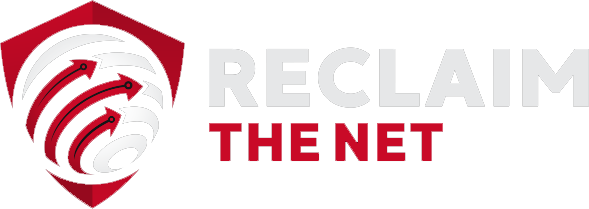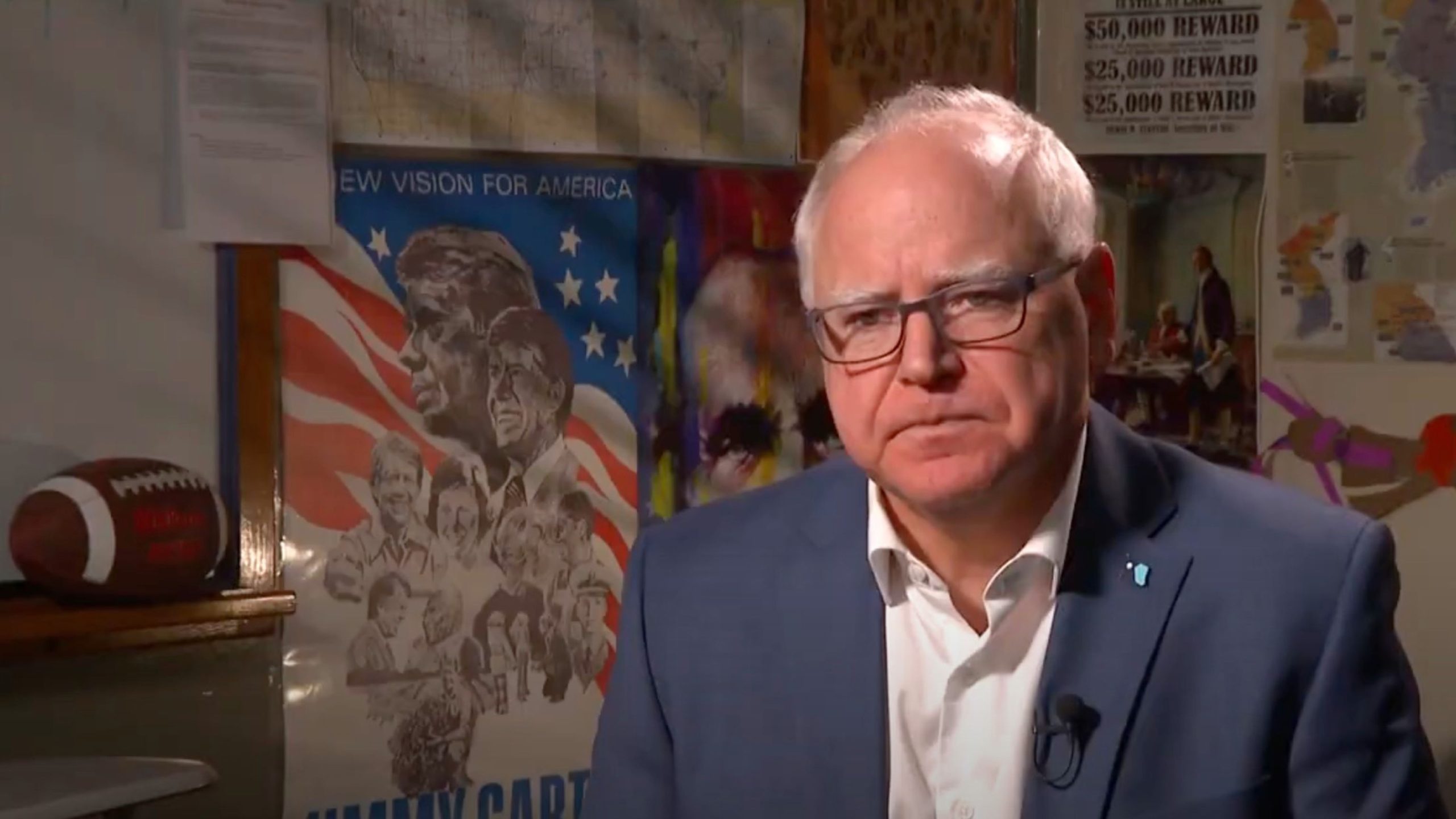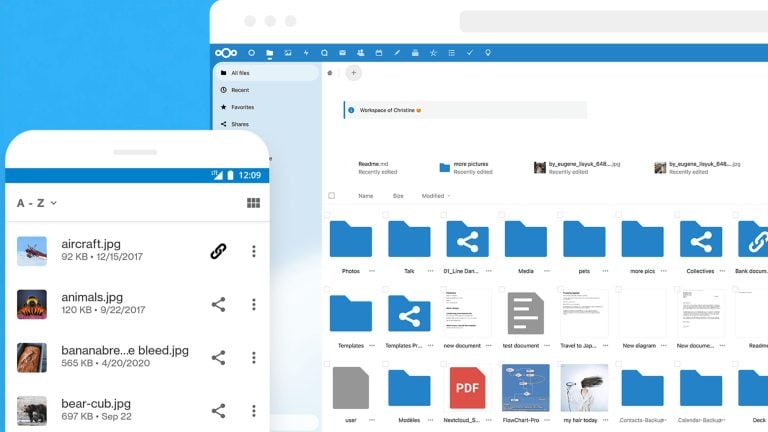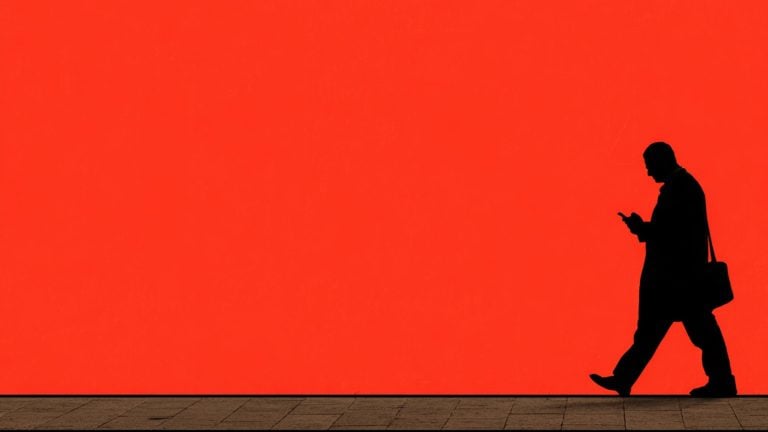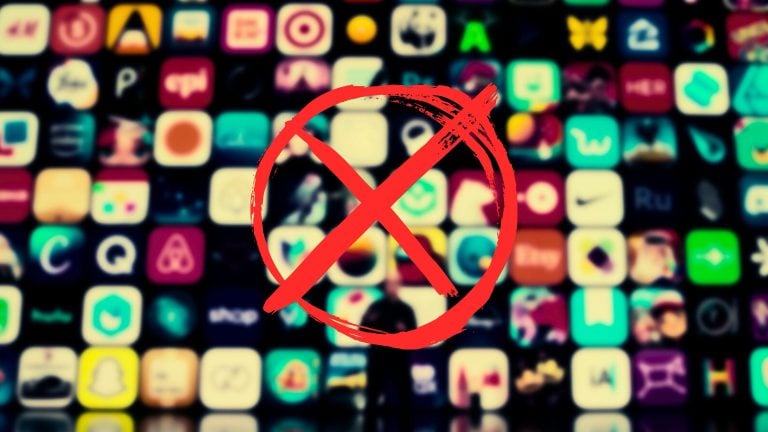Minnesota has positioned itself at the forefront of a deeply contentious regulatory frontier by enacting the nation’s first law requiring social media platforms to display mental health trigger warning labels to all users.
Tied to the 2025 Special Session Health and Human Services bill and awaiting the governor’s signature, the law takes effect July 1, 2026, and imposes unprecedented obligations on digital platforms to act as public health messengers.
We obtained a copy of the bill for you here.
Drafted by State Representative Zack Stephenson (DFL-District 35A), the measure compels platforms to display prominent mental health warnings on login, highlighting alleged risks associated with usage, particularly among youth, and directing users to crisis services like the 988 Suicide & Crisis Lifeline.
These alerts must be acknowledged before access is granted, cannot be hidden in terms of service, and must not be dismissible without interaction. Content for the mandated warnings will be controlled by the Minnesota Commissioner of Health, alongside the Commissioner of Commerce.
While supporters herald the measure as a long-overdue intervention in the battle against youth mental health decline, its coercive structure raises fundamental questions about government overreach and the role of the state in dictating private speech. At its core, the law introduces compelled speech; a practice with serious First Amendment implications.
By forcing private companies to deliver government-approved messages every time a user accesses a platform, Minnesota is treading into dangerous constitutional territory.
The First Amendment’s protection against compelled speech is not a technicality; it is a foundational principle.
Courts have repeatedly ruled that governments cannot force individuals or businesses to broadcast messages they do not agree with, unless under narrowly defined exceptions. Forcing tech companies to become conduits for state-determined messaging opens the door to broader mandates in the future; political, ideological, or otherwise.
In some ways, the plan is similar to New York’s recent attempt to regulate so-called “hateful conduct” online. Lawmakers sought to impose sweeping mandates on how private platforms must present, frame, or moderate content.
The New York plans also said that platforms must have a “clear and concise policy readily available and accessible on their website and application which includes how such social media network[s] will respond and address the reports of incidents of hateful conduct on their platform[s].”
While Minnesota frames its measure as a public health safeguard, and New York claims to be targeting online hate, the mechanism of enforcement, compelled speech, raises the same fundamental First Amendment issues.
In both instances, the state imposes editorial burdens on digital platforms, demanding they disseminate and promote government-defined messaging. This approach directly intrudes upon the platforms’ constitutional rights to determine what speech they host and how they choose to present it.
The New York law, struck down by a federal judge, was a clear case of the state mandating not just policies but ideological compliance.
It required platforms to maintain reporting mechanisms and publish a “clear and concise policy” about how they would handle broadly defined “hateful conduct.” The court rejected this law as unconstitutional, emphasizing that requiring platforms to make a public statement about such conduct amounts to government-compelled speech.
